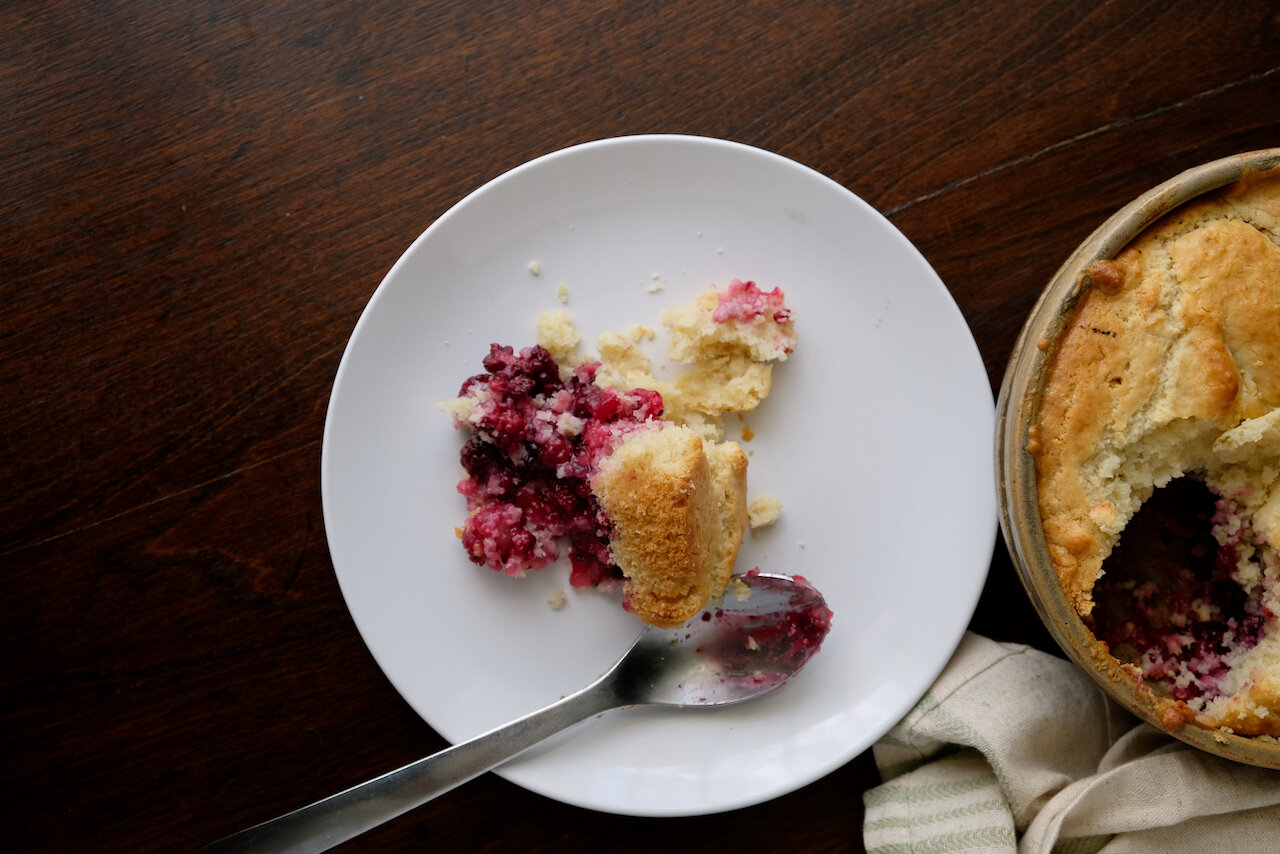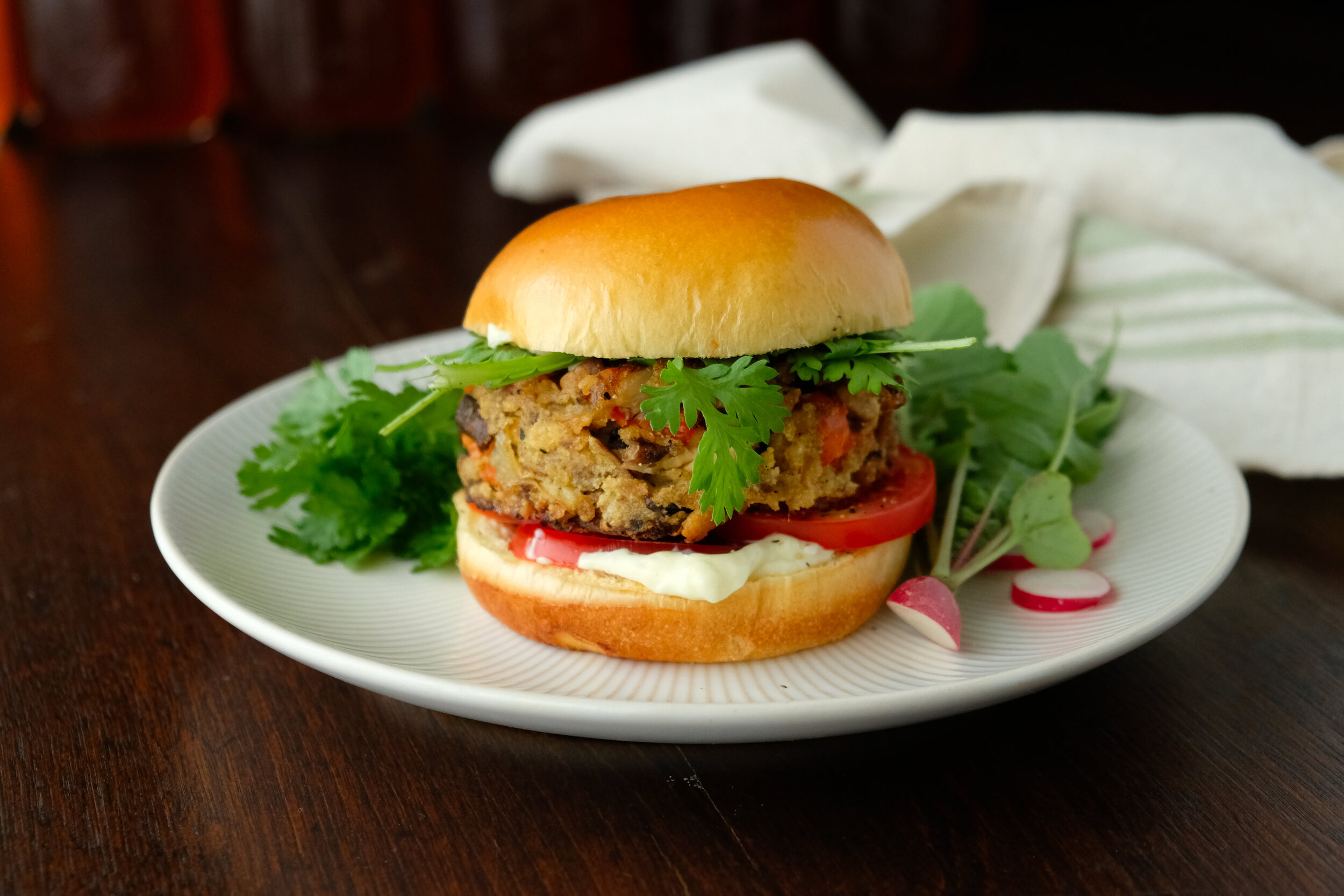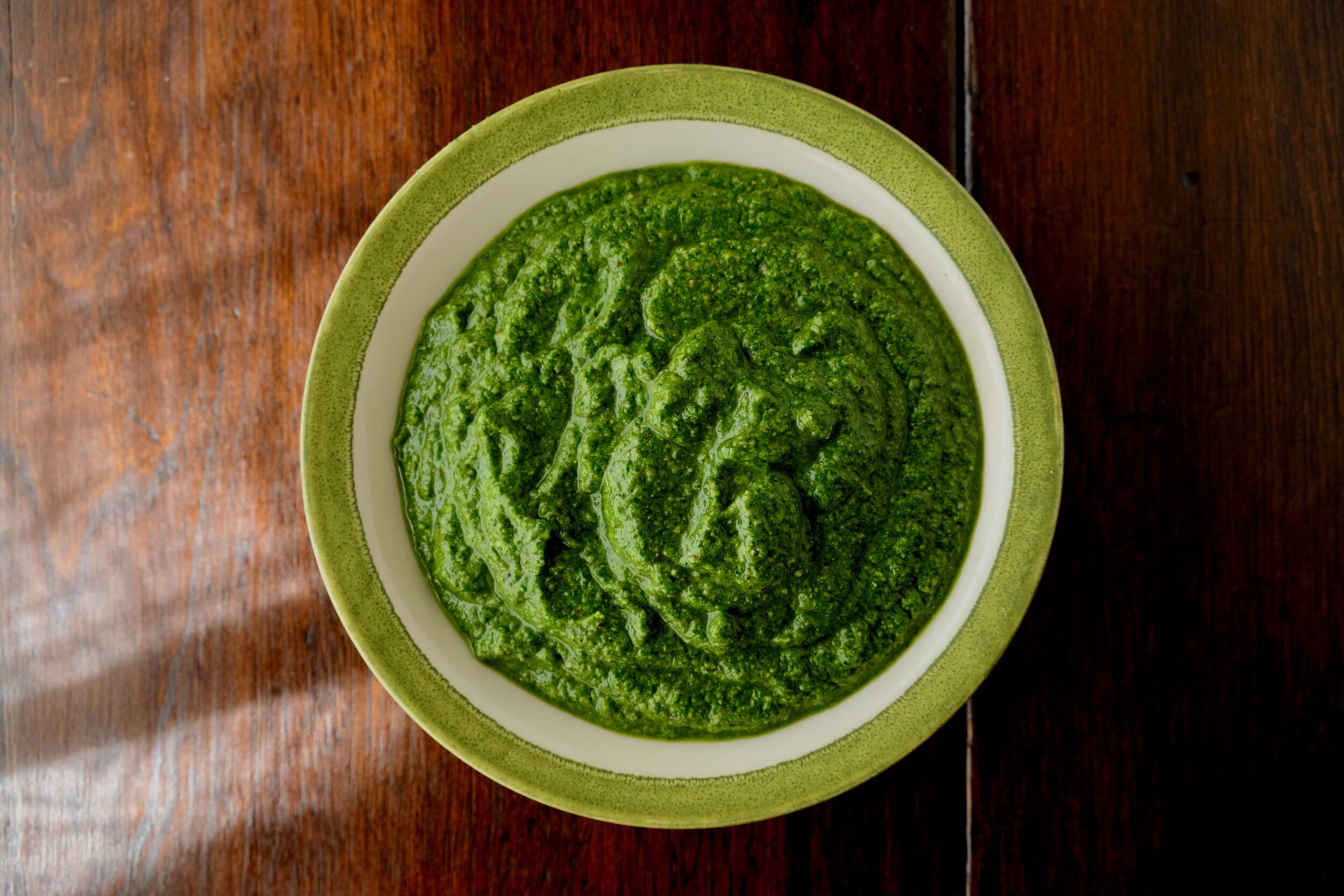Tempura-Fried Pheasant Back Mushrooms

I smelled them before I spotted them. From a few yards away, the aroma of watermelon rind was almost overpowering, and deeply out of place in the early springtime woods.
We had walked down toward the river the day after our friend tipped us off to the flush of pheasant backs happening along the trail. For about a quarter mile, as we made our way closer to the water, we saw nothing. Then, a small group of king stropharia momentarily distracted us, and as we poked around the mayapple plants, hoping for more, we found one very lonely, very lost morel.
We were pretty happy with our one morel, and we got sidetracked, diverting our eyes to the ground as we walked, hoping to get lucky again. Maybe we could find another, single morel and then we wouldn’t have to share. We kept walking, and after a few more minutes of this morel nonsense, the woods began to bloom with the smell of cucumber. I finally, finally, looked up. And that’s how we walked right into a whole bunch of pheasant backs.
The thing about looking is that once you find something, you see it everywhere. After picking our first few, everywhere we turned, we saw another pheasant back. For the next hour, there wasn’t a moment where one of us didn’t have a mushroom in our sight. We dragged our heaving basket back to the house and started cooking.
Pheasant backs or dryad’s saddle (cerioporus squamosis) are ubiquitous in the springtime. We find them on dead or dying deciduous trees, usually near water of some sort. They have a distinctive “feathered” appearance on the cap, a shelf-like appearance, and pores on the underside. Their aroma is really what makes them unique- like something between a cucumber and watermelon rind. Older pheasant backs get woody and tough quickly- almost completely inedible, unless you want to use them for a broth or powder. But the young, tender ones are delicious, with a light, almost vegetal characteristic that is a huge departure from the usual dark, woodsy flavors present in most mushrooms.
By far the best use we found for our haul was tempura-frying. The light, crunchy batter doesn’t overwhelm the delicate flavor of the mushroom. Paired with a little ponzu-soy dipping sauce, or a citrus aioli, this is the perfect appetizer for recovering from a walk in the springtime woods.
Tempura-Fried Pheasant Back Mushrooms
prep time: 30 minutes
serves: 4-6 as an h’or d’oeuvre
Tempura Batter
¼ cup all-purpose flour
¾ cup corn starch
1 tsp baking powder
½ tsp salt
½ tsp pepper
1 egg, lightly beaten
½ cup soda water (as needed)
Combine dry ingredients. Add egg and slowly whisk in soda water, until batter is smooth. Use immediately as the carbonation will fade. Keep chilled.
Method:
Clean and slice mushrooms into 1/4” thick pieces. Pheasant backs can vary dramatically in texture- even some smaller ones can be woody. When slicing the mushrooms, set aside any woody pieces for mushroom broth or powder.
Pour 1/2” of oil in a deep-sided saute pan and heat over medium. Working in batches, dredge mushroom slices and drop, one by one, into the hot oil. Cook for 3-4 minutes, until crispy and golden brown on both sides. Remove to a paper towel covered plate or cooling rack.















You can pretty much fry anything after you’ve wrapped it in a shiso leaf.